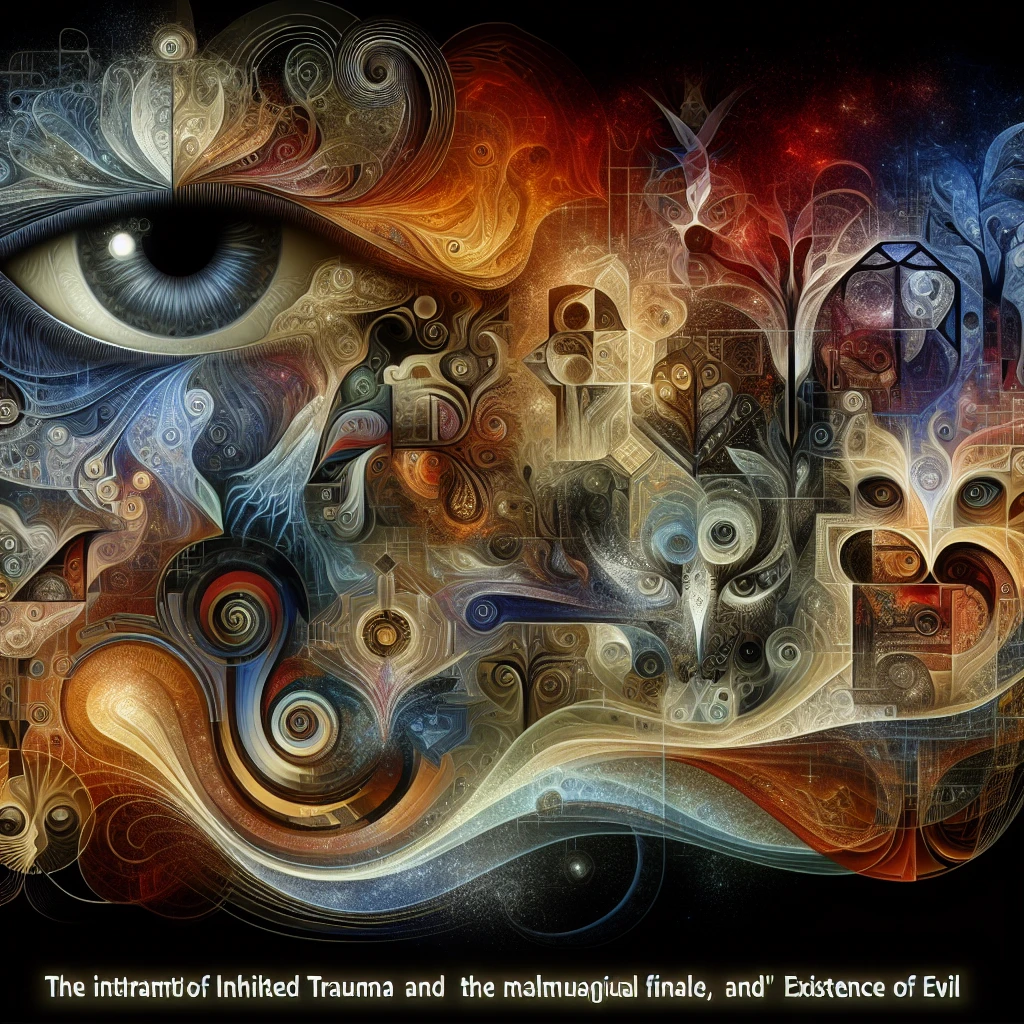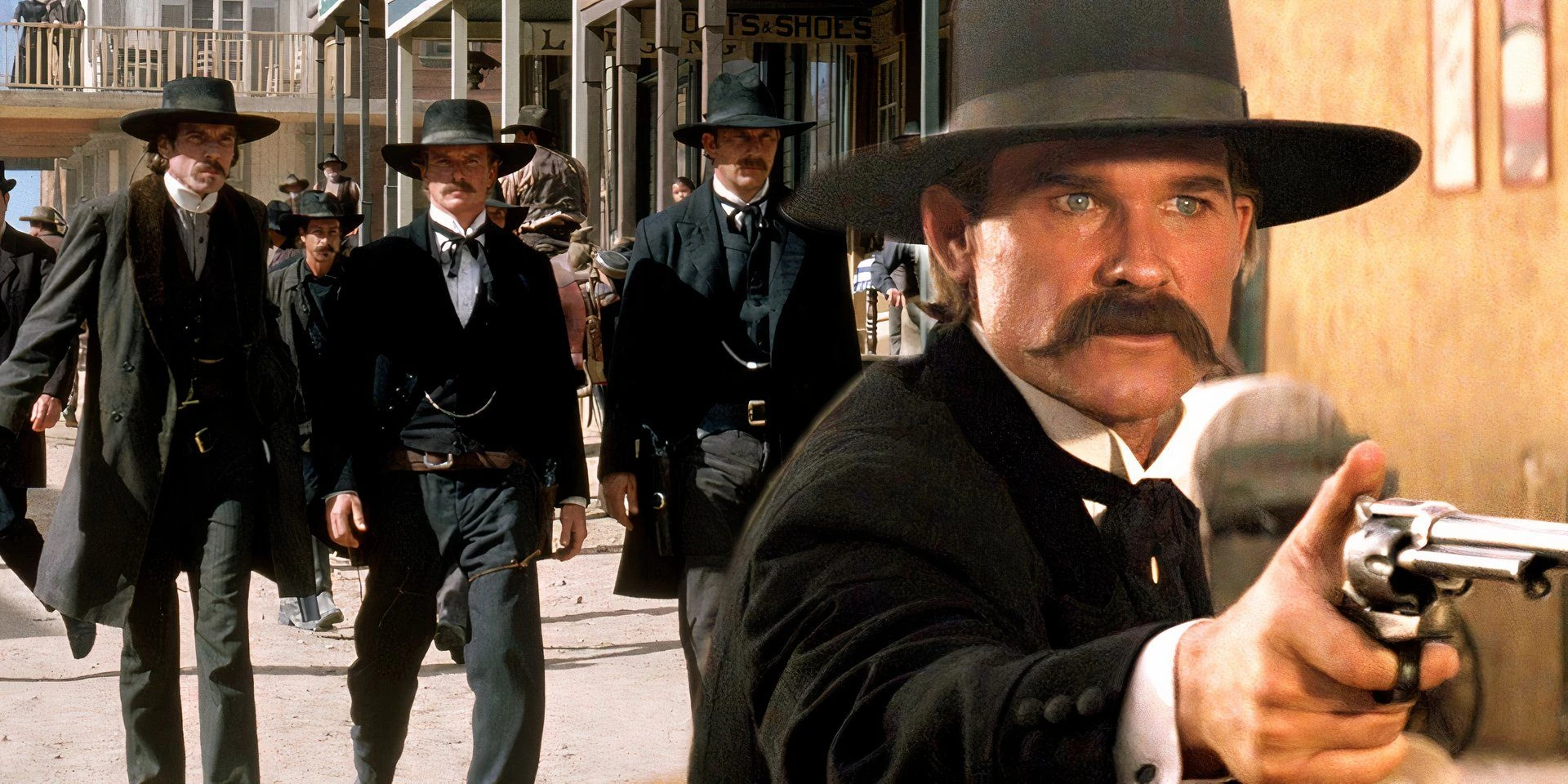The Director’s Insights on “Never Let Go” Ending
Alexandra Aja, the director of “Never Let Go,” delves into the enigmatic conclusion of the horror film that follows a mother, played by Halle Berry, and her twin sons as they isolate themselves in a cabin to escape an ominous entity known as the Evil. The only thing tethering them to safety is a rope. As the narrative unfolds, skepticism grows regarding the existence of the Evil, and doubts arise around whether Momma has fabricated its presence. Despite the tragic conclusion, questions linger, including the identity of the figure in the Polaroid.
Insights From the Director
With the film now released, Aja addresses these questions in interviews. Speaking to Gizmodo, he sheds light on the final scene, particularly when Sam utters the line “he loves me.” This moment suggests that Sam is still afflicted by the darkness that once consumed his mother, implying a lifelong struggle with this shadow. Aja elaborates:
In an interview with Entertainment Weekly, Aja discusses the Polaroid, which appears to show the Evil’s hand on Sam’s shoulder. He explains:
The Twins’ Future
Aja also shares his thoughts on the twins’ future post-rescue, focusing on Nolan’s journey. He asserts:
However, Aja refrains from offering a definitive stance on whether the Evil is real, acknowledging the film’s layers of interpretation. He notes:
Interpretation of “Never Let Go” Ending
The Continuation of Darkness
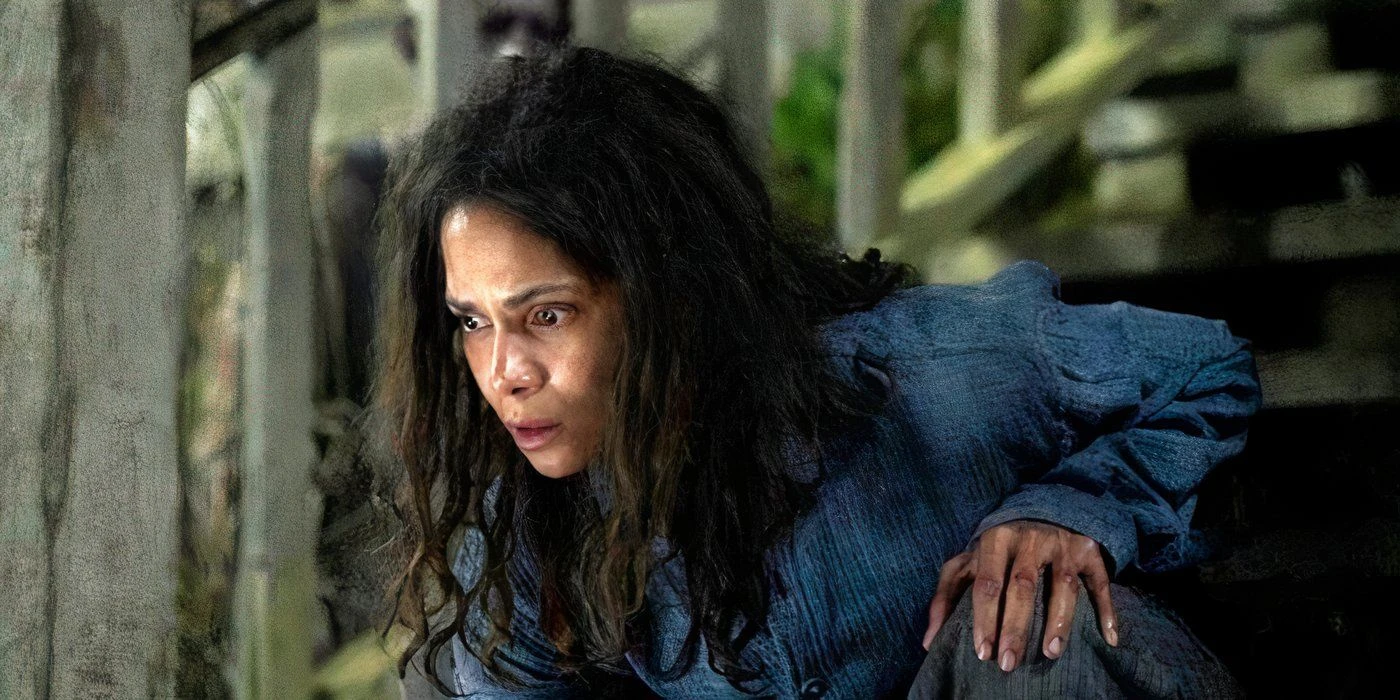
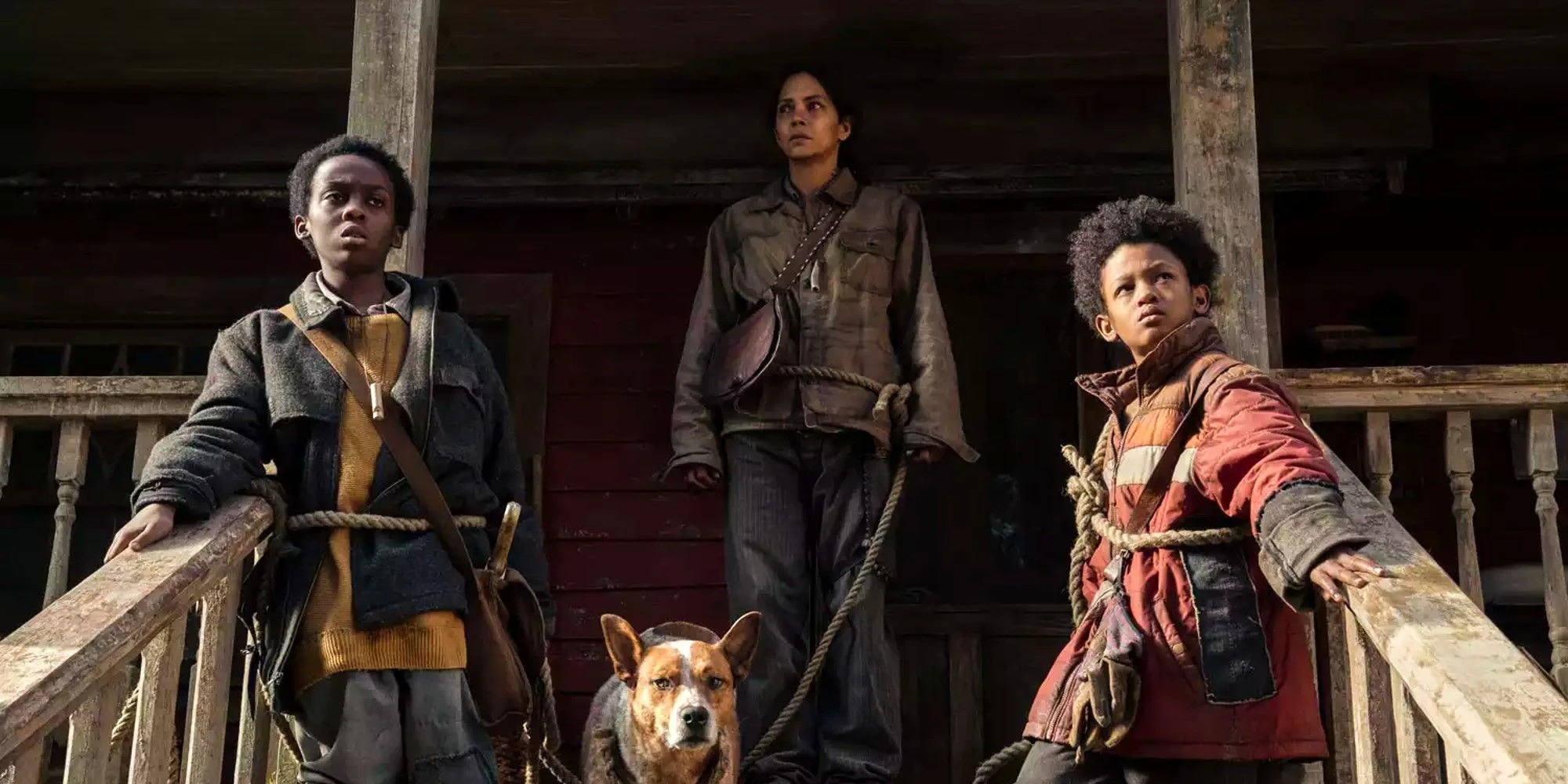
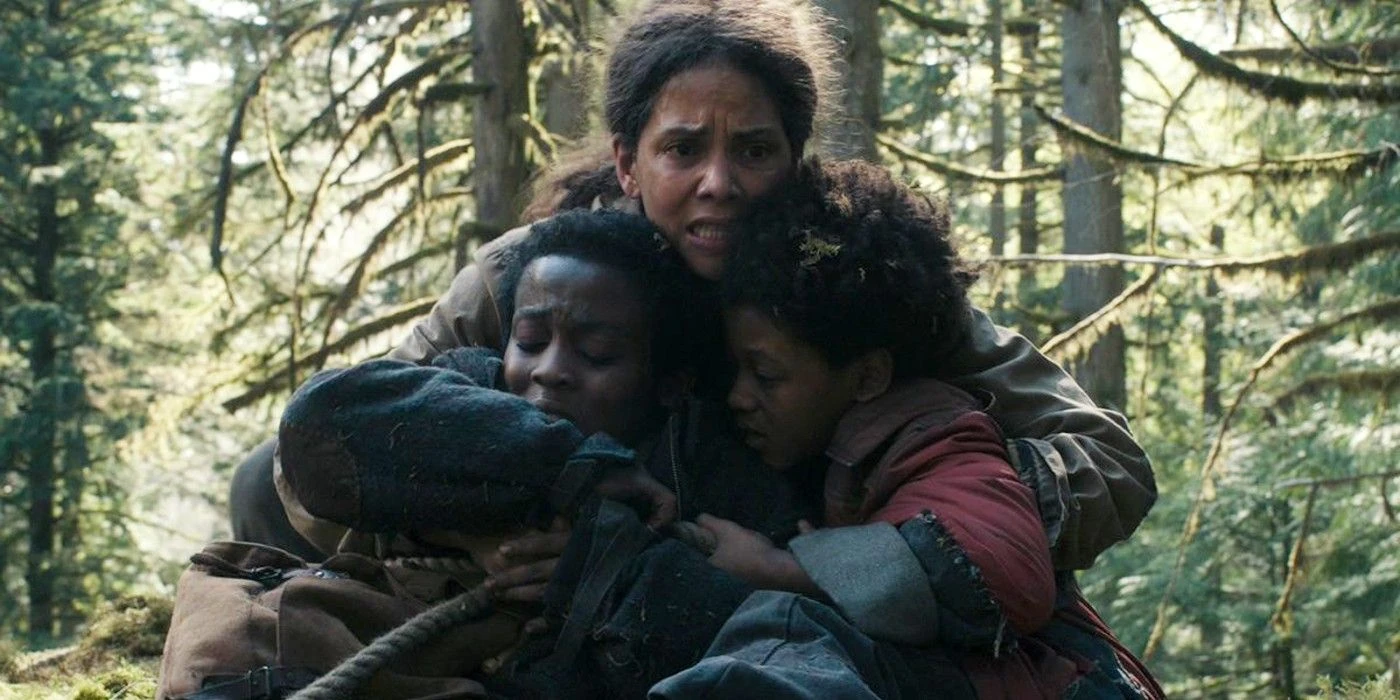
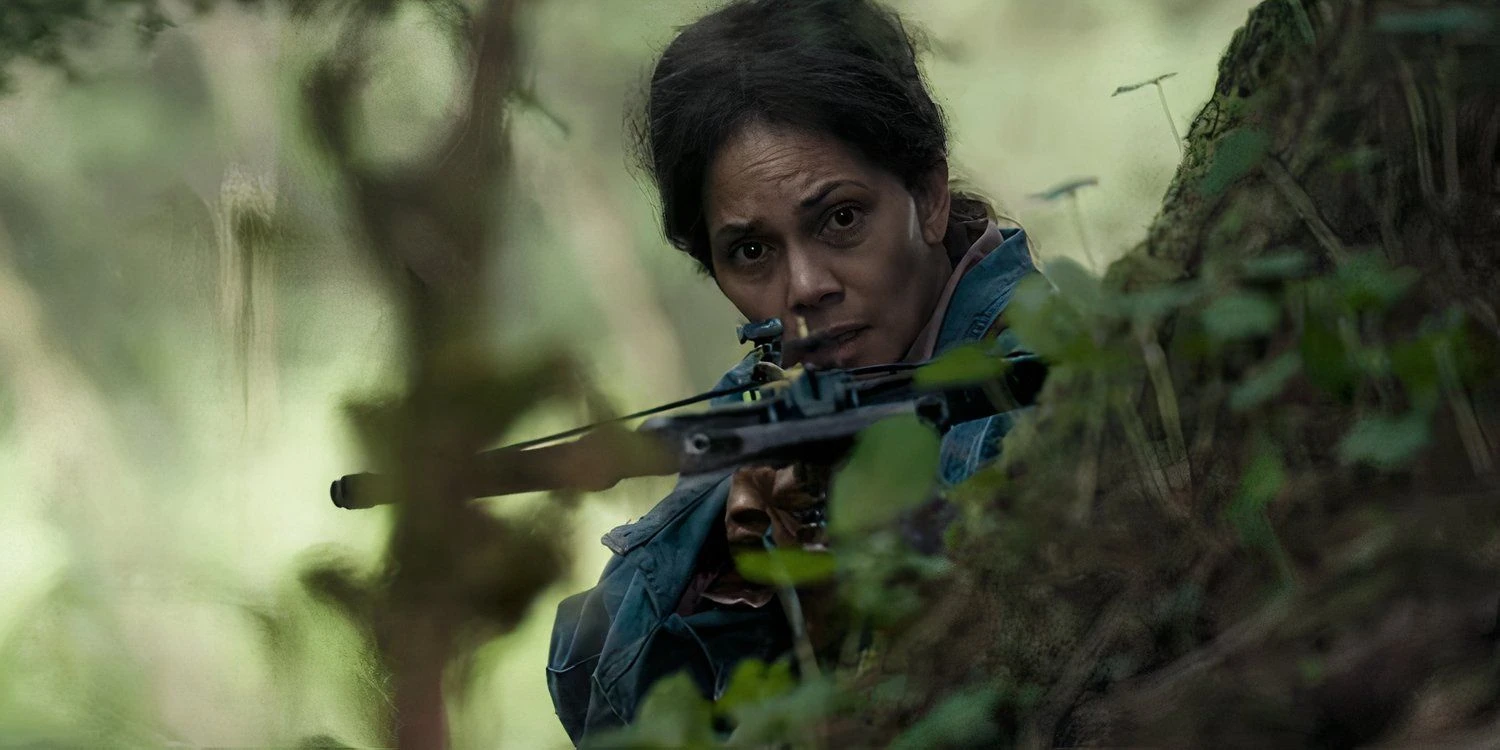
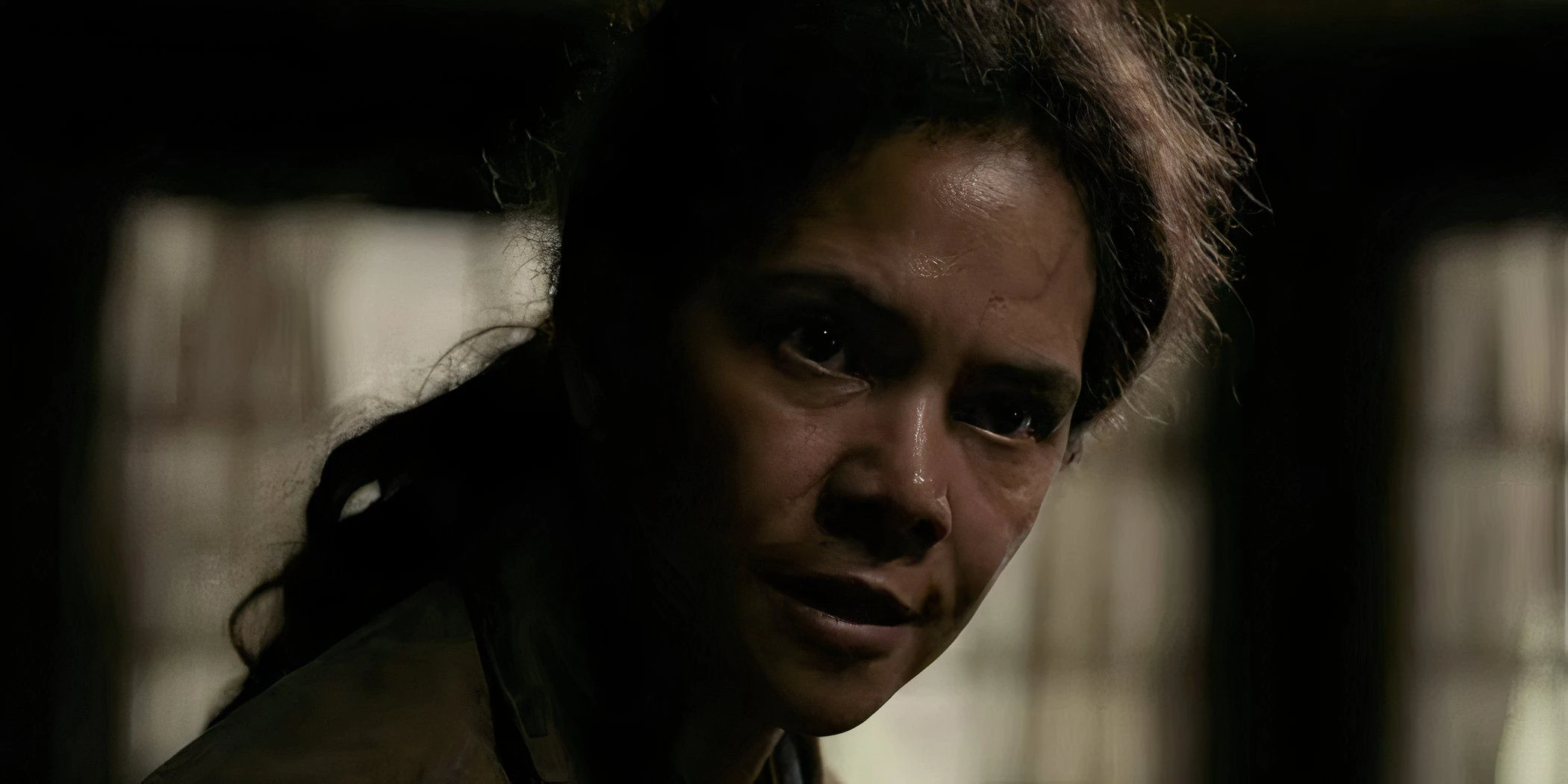
“Never Let Go” hints at the possibility that the Evil may be a figment of Momma’s imagination. Clues include the twins’ initial inability to see the creature and Momma’s hallucinations involving her deceased family. These elements suggest that Momma may have struggled with mental health issues, a notion she seems to concede before her demise. However, the film does not delve deeply into her background, leaving much to interpretation.
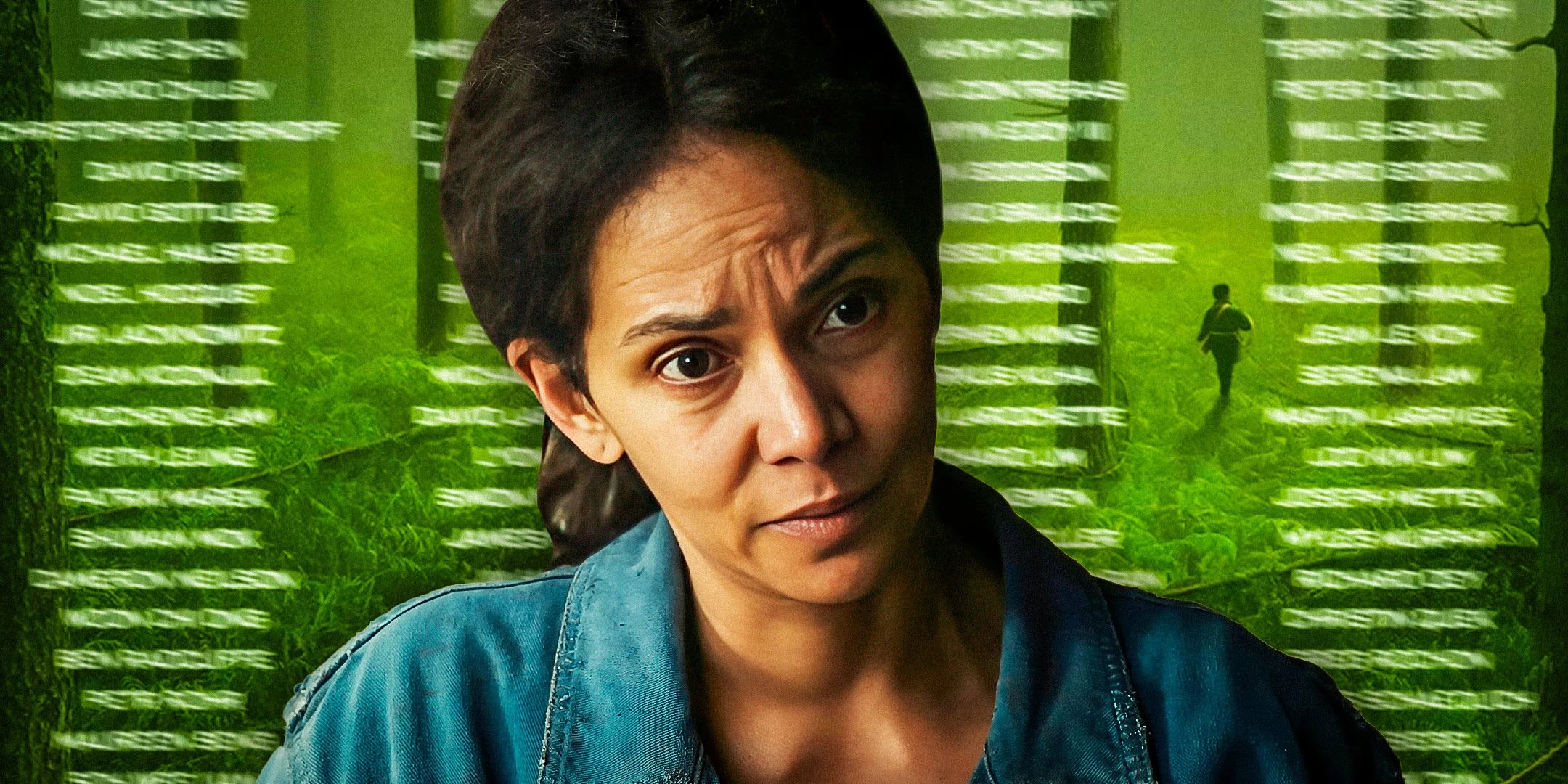
Does Never Let Go Have A Post-Credits Scene?
The reality of the Evil remains ambiguous, as even the director concedes. The Polaroid with the hand on Sam’s shoulder exemplifies this uncertainty. Nolan’s skepticism about his mother’s beliefs shields him from the darkness, unlike Sam, who inherits her fears. The film’s conclusion raises questions about the Evil’s existence but underscores the trauma endured by the twins.
Personal Interpretation
The director welcomes various interpretations of “Never Let Go,” and here is one such perspective. The film juxtaposes philosophy and psychology, with Nolan embodying skepticism and Momma grappling with mental health challenges. Sam’s inheritance of this darkness suggests a genetic transmission of trauma, exacerbated by his mother’s death. The Polaroid remains a perplexing element within this theory.
The film’s ambiguous ending stems from Momma’s mysterious past, which includes references to her life in the city, tattoos, religious beliefs, and familial relationships. Without further exploration, the conclusion of “Never Let Go” invites diverse theories and interpretations from its audience.
Source: Gizmodo, Entertainment Weekly

Never Let Go
- Horror
- Thriller
A mother and her twin sons are trapped in their house by a malevolent force, relying on their familial bond and physical connection for safety. When one son questions the reality of the evil, their unity unravels, leading to a terrifying battle for survival in this psychological thriller/horror.

